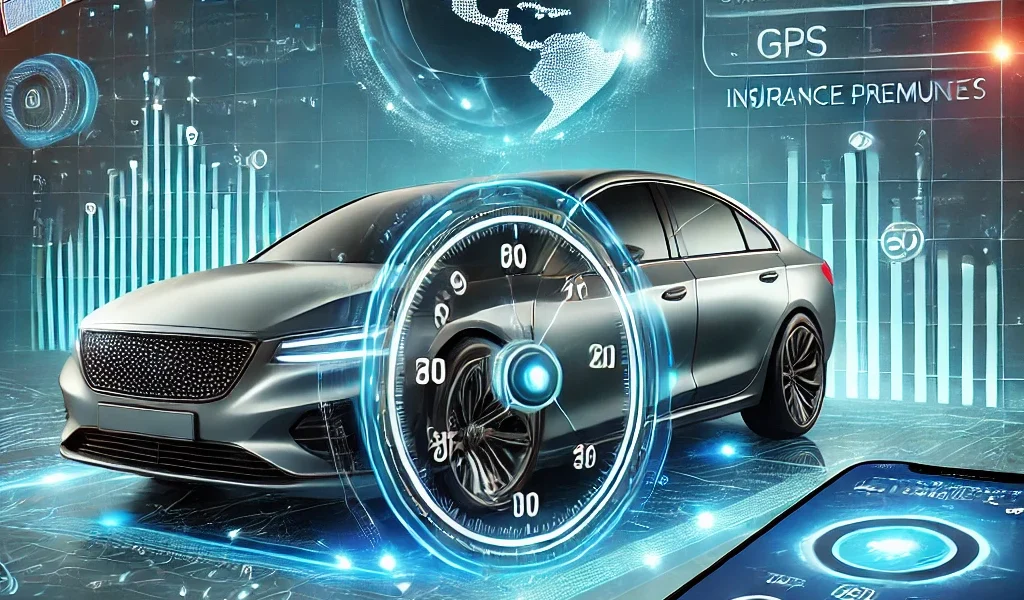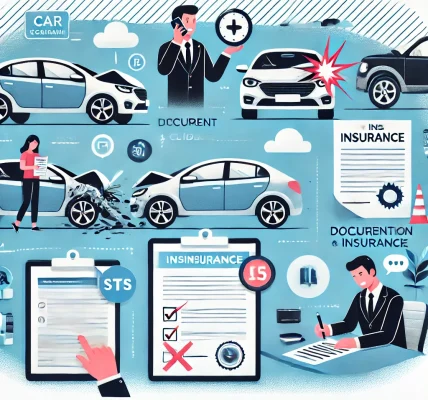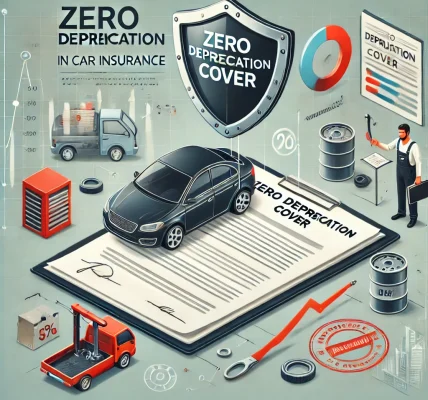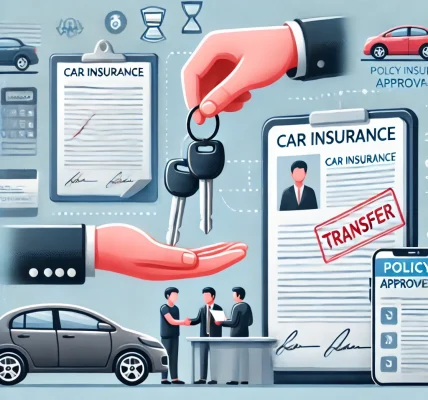Introduction
The automotive and insurance industries have been significantly transformed by technological advancements, with telematics playing a crucial role in modern car insurance policies. Telematics-based insurance, also known as usage-based insurance (UBI), relies on real-time data collection through in-vehicle devices or smartphone applications. This data allows insurance providers to assess driving behavior more accurately and offer personalized premiums based on individual risk factors.
In this blog, we will explore the role of telematics in car insurance, its benefits and challenges, and how it is shaping the future of the insurance industry.
What is Telematics?
Telematics refers to the technology used to collect and transmit real-time driving data through GPS, sensors, and onboard diagnostic (OBD) devices. The system monitors various driving behaviors, including:
- Speed and acceleration patterns
- Braking habits
- Cornering techniques
- Mileage and trip duration
- Time of day the vehicle is used
- Location tracking
This data is then transmitted to the insurance company, which uses it to evaluate a driver’s risk profile and determine insurance premiums accordingly.
How Telematics Works in Car Insurance
Telematics in car insurance works through three primary methods:
- Black Box Devices: Installed in vehicles by the insurance provider, these devices record real-time driving behavior and send data directly to the insurer.
- Smartphone Apps: Many insurance companies now offer telematics-based apps that use the phone’s sensors and GPS to monitor driving habits.
- Connected Vehicles: Modern cars come equipped with built-in telematics systems that directly integrate with insurance providers.
Once the data is collected, insurers analyze it to assign a driver score, which influences premium adjustments, discounts, and policy renewals.
Benefits of Telematics in Car Insurance
1. Personalized Premiums
Traditional insurance policies rely on broad demographics such as age, gender, and vehicle type to determine premiums. Telematics allows insurers to assess an individual’s actual driving habits, leading to fairer and more personalized pricing.
2. Encourages Safe Driving
Since drivers know their behavior is being monitored, they are more likely to adopt safer driving habits to maintain lower insurance costs. This reduces the likelihood of accidents and road risks.
3. Lower Premiums for Good Drivers
Careful drivers who avoid speeding, harsh braking, and reckless driving can benefit from discounts and lower insurance premiums compared to high-risk drivers.
4. Theft Recovery Assistance
Telematics-enabled vehicles can be tracked in real time, aiding in the recovery of stolen cars. Some policies offer discounts on anti-theft features integrated with telematics.
5. Pay-As-You-Drive (PAYD) and Pay-How-You-Drive (PHYD) Models
- PAYD: Drivers pay premiums based on the actual miles driven.
- PHYD: Premiums are adjusted based on driving behavior. These models provide more control and flexibility for policyholders.
6. Environmental Benefits
Telematics encourages responsible driving, which can lead to reduced fuel consumption and lower carbon emissions, contributing to environmental sustainability.
Challenges and Concerns with Telematics
1. Privacy Concerns
Some drivers are uncomfortable with continuous monitoring and data sharing. Concerns about personal data security and potential misuse remain a significant challenge.
2. Higher Premiums for Risky Drivers
While safe drivers benefit from telematics, high-risk drivers may face increased insurance costs based on their driving behavior.
3. Technical Issues and Accuracy
Technical malfunctions, GPS errors, or misinterpretation of driving data can lead to inaccurate assessments, affecting premium calculations.
4. Limited Availability
Not all insurance companies offer telematics-based policies, and availability may vary depending on location and insurer regulations.
5. Potential Driver Stress
Some drivers may feel pressured knowing they are constantly being monitored, which could lead to stress or anxiety while driving.
Telematics and the Future of Car Insurance
Telematics is rapidly evolving, and its future in car insurance looks promising. Several trends are shaping its development:
1. Integration with Autonomous Vehicles
As self-driving technology advances, telematics data will play a key role in assessing the risk levels of autonomous vehicles and optimizing insurance policies.
2. AI and Machine Learning Enhancements
Insurers are leveraging artificial intelligence (AI) to analyze telematics data more accurately, improving risk assessments and premium calculations.
3. Expansion of UBI Models
Usage-based insurance is expected to become more widespread, offering more flexible and customizable options for drivers worldwide.
4. Stricter Data Privacy Regulations
Governments and regulatory bodies are implementing stricter laws to protect consumer data and ensure transparency in telematics-based insurance.
How to Choose a Telematics-Based Insurance Policy
If you are considering a telematics-based insurance policy, here are some key factors to evaluate:
- Compare different insurers offering telematics programs.
- Review data privacy policies to understand how your information will be used.
- Check for discounts and benefits based on your driving behavior.
- Assess coverage options beyond telematics-driven pricing.
- Understand policy terms regarding how often data is collected and how it affects premiums.
Conclusion
Telematics has revolutionized modern car insurance by introducing personalized pricing, encouraging safe driving habits, and enhancing vehicle security. While it offers numerous benefits, including cost savings and risk reduction, concerns about privacy and accuracy must be addressed.
As technology continues to advance, telematics will become an integral part of the insurance industry, leading to smarter, more efficient policies that benefit both insurers and policyholders. By understanding how telematics works and evaluating its impact, drivers can make informed decisions about adopting a telematics-based insurance policy that aligns with their needs.



